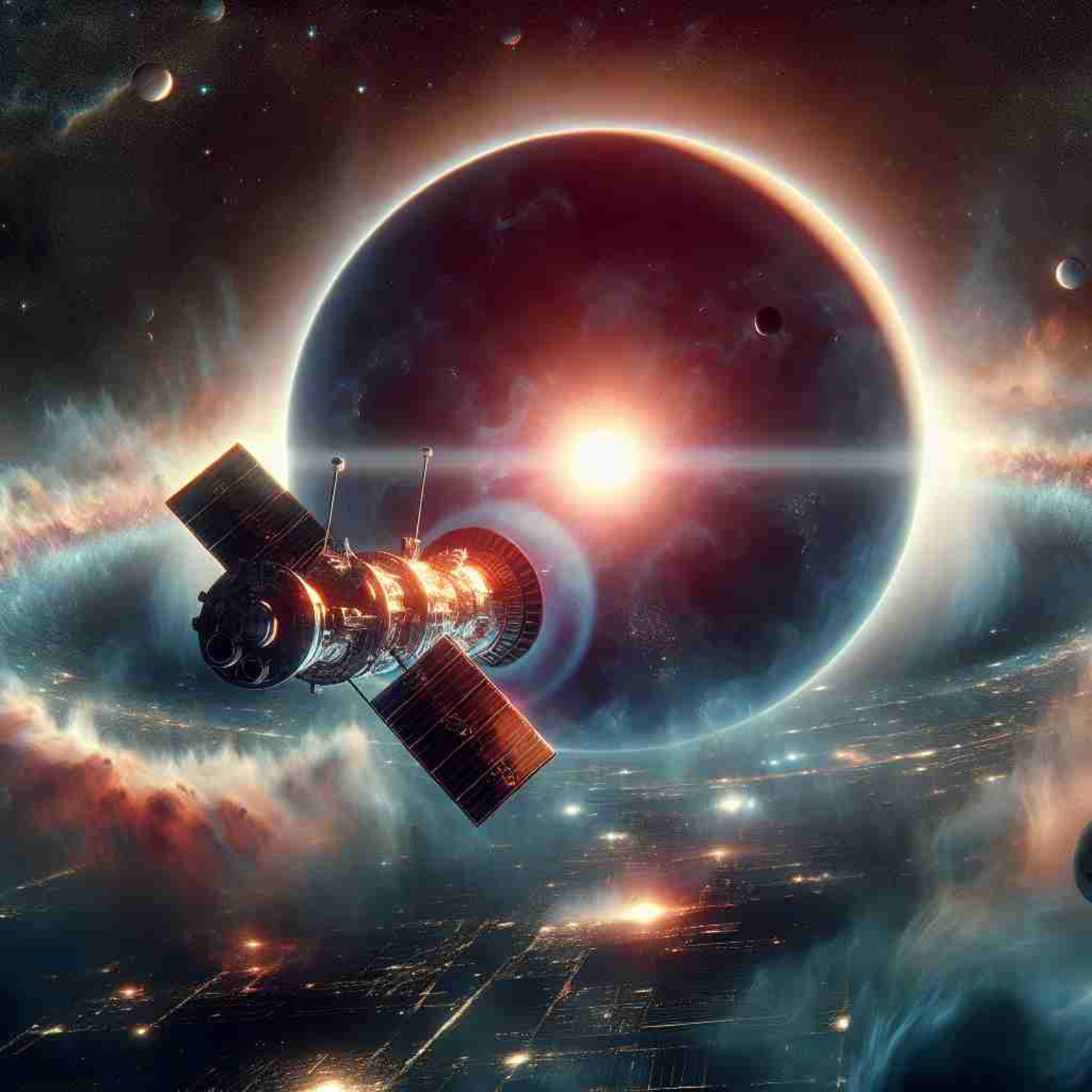
Charting New Horizons: Astronomers Redefine the Quest for Water Beyond Our Solar System
In an extraordinary revelation that’s reverberating through the scientific community, researchers using the Hubble Space Telescope have uncovered a celestial secret: water exists in the atmosphere of a small exoplanet named GJ 9827d, located a substantial 97 light-years away from Earth.
Breaking Astronomical Barriers
GJ 9827d is not your typical exoplanet. Roughly twice the size of Earth, it now holds the record as the smallest known exoplanet with water vapor swirling in its atmosphere. But before we let our imaginations run wild with interstellar vacation plans, there’s a catch – this distant world resembles more of a blazing furnace than a hospitable haven.

Extreme Heat: A Fiery Exoplanet with a Watery Twist
With temperatures reaching a scorching 800 degrees Fahrenheit (427 degrees Celsius), it’s not exactly a candidate for a summer getaway. Laura Kreidberg, coauthor of the study and managing director of the atmospheric physics of exoplanets department at the Max Planck Institute for Astronomy, clarifies that despite the significance of water for life as we know it, the blistering conditions on GJ 9827d make it inhospitable for any form of life.
Advancing Our Understanding: A Trailblazing Study Design
Published in The Astrophysical Journal Letters, this study is pushing the boundaries of our understanding of planets beyond our solar system. Lead investigator Ian Crossfield from the University of Kansas meticulously designed the mission with a singular goal – to detect water vapor in the exoplanet’s atmosphere. The findings are not only thrilling but also perplexing, as scientists grapple with the question of whether the water vapor is a result of the planet’s original atmosphere evaporating or simply existing within a hydrogen-rich mix.
From Kepler to Hubble: Tracing the Exoplanet’s Journey
GJ 9827d first caught our attention in 2017 when NASA’s Kepler mission identified it orbiting a red dwarf star in the Pisces constellation. This swift exoplanet completes an orbit around its host star every 6.2 days. Astronomers seized 11 transit events – instances when the planet crossed in front of its star – to scrutinize starlight passing through the atmosphere and unveil the elusive water molecules.
Cosmic Theories: Deciphering GJ 9827d’s Atmospheric Code
As if we’re not already on the edge of our seats, two compelling theories are on the table. Hold on, America – GJ 9827d might be a mini-Neptune that once experienced frigid conditions, forming at a distance from its star where water existed in an icy state. Alternatively, scientists are entertaining the idea that it’s a warmer version of Jupiter’s moon Europa – comprising half water and half rock, and shrouded in mystery.
Beyond Water: A Gateway to Cosmic Discoveries
Water, a cosmic superstar, has always played a pivotal role in the search for extraterrestrial life. Thomas Greene, an astrophysicist at NASA’s Ames Research Center, emphasizes that this discovery isn’t just about water; it’s a gateway to uncovering other cosmic secrets. The James Webb Space Telescope is poised for its mission to delve deeper into these revelations, aiming to provide a comprehensive inventory of GJ 9827d’s elements.
Countdown to Revelation: Webb Telescope Set to Uncover More Secrets
Hold tight, space enthusiasts – the astronomers have already focused on GJ 9827d through the Webb telescope, and we’re eagerly awaiting the data drop that could settle the score on water worlds once and for all. The cosmic drama unfolds, and we’re all front-row spectators to this extraterrestrial spectacle.

